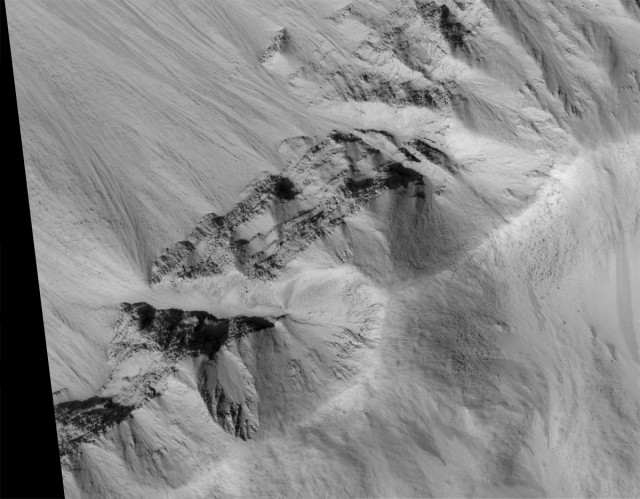Massive flood scarred the surface of Mars less than 500 million years ago
Ars Technica » Scientific Method 2013-03-07

Mars clearly had a watery past, with strong evidence of flowing streams, and even some indications that an ocean was present in the distant past. The fate of Mars' waters isn't understood, although there's evidence that some may have gone underground and are currently circulating in the bedrock of the red planet.
A study being released by Science finds further evidence that some of Mars' underground waters have burst to the surface violently. Using radar imaging, a team of scientists has tracked a series of channels that are buried under more recent features and followed them back towards their source. The imaging showed that the main channel was about 40 kilometers wide and at least 70 meters deep. That's roughly the same size as the features carved by the largest well-characterized floods on Earth.
The work involved a radar instrument called SHARAD on the Mars Reconnaissance Orbiter. The radar can penetrate some surface features, revealing several layers beneath—depending on how they reflect the incoming radiation. This turned out to be extremely useful at the feature in question, Marte Vallis. It's one af a number of features on the Martian surface that suggest catastrophic flooding, but it's quite young at 500 million years old, long after water was thought to be common on the Martian surface. Unfortunately, studying it is complicated by the fact that it has been buried by an even younger feature: volcanic eruptions that make it difficult to even identify the source of the flood waters.
Read 6 remaining paragraphs | Comments